10 Essential Stops In L.A.’s Little Tokyo You Can’t Miss
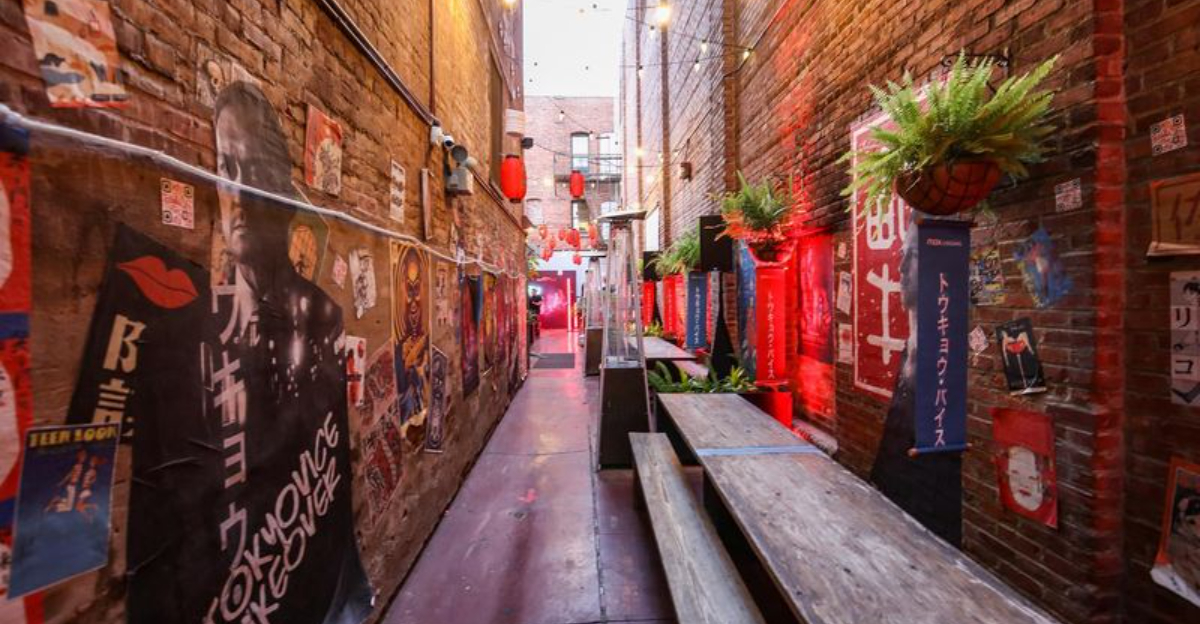
Step into Little Tokyo and you’ll feel like you’ve crossed the Pacific without ever leaving Los Angeles. Tucked within the city’s bustling downtown, this neighborhood blends old-world tradition with modern flair, creating a one-of-a-kind cultural experience.
From steaming bowls of ramen and perfectly crafted mochi to tranquil temples and lively festivals, every corner of Little Tokyo tells a story. It’s a place where century-old traditions meet pop culture, where you can shop for anime collectibles after visiting a historic Buddhist temple.
Curious about where to find the best matcha latte or learn the art of origami? Little Tokyo has it all—charming, colorful, and full of surprises that keep you coming back.
1. Japanese American National Museum
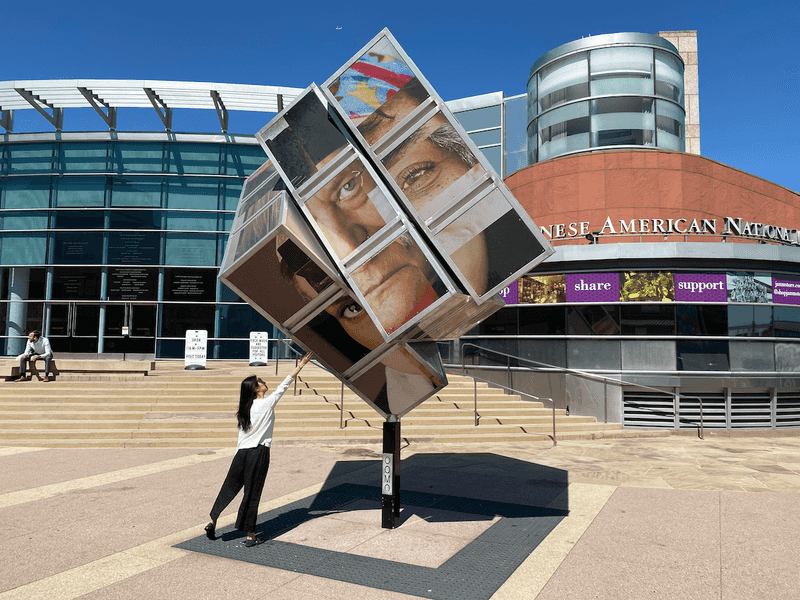
History comes alive at this landmark institution dedicated to preserving Japanese American experiences. The museum’s powerful exhibits trace the journey from immigration to internment camps during World War II to present-day contributions.
I always recommend starting your Little Tokyo adventure here to understand the neighborhood’s deeper significance. The building itself combines historic and modern architecture, with the original structure being a former Buddhist temple.
Don’t miss the permanent collection featuring thousands of artifacts, photographs, and art pieces that tell personal stories of struggle, resilience, and triumph across generations.
2. Nijiya Market

Grocery shopping becomes a cultural adventure at Nijiya Market, where shelves overflow with authentic Japanese ingredients impossible to find elsewhere in LA. The produce section features unique Asian vegetables while the refrigerated cases hold fresh tofu, specialty meats, and fish.
What surprises first-time visitors is the incredible selection of ready-made foods perfect for a quick lunch or picnic. Their onigiri (rice balls) come in dozens of flavors and make for perfect portable snacks while exploring.
If you’re feeling adventurous, grab some ingredients for home cooking – the staff happily offers preparation tips even to Japanese cuisine newcomers.
3. Daikokuya Ramen
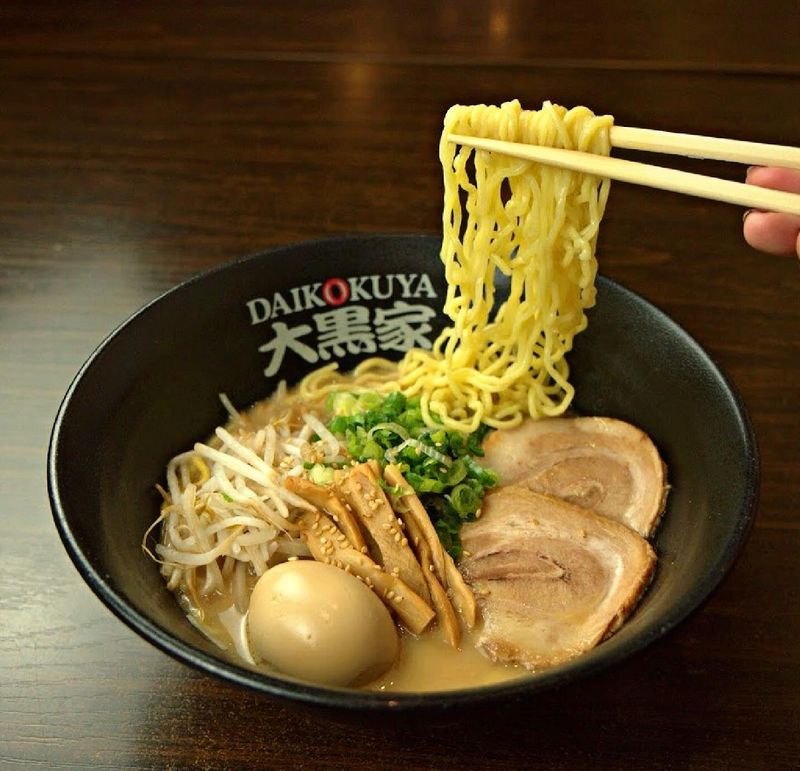
Lines form daily outside this legendary ramen shop, and for good reason – their signature tonkotsu broth simmers for hours, creating rich, porky perfection. The tiny, authentically decorated space transports you straight to a Tokyo alleyway restaurant.
My go-to order remains their Daikoku Ramen with a perfectly soft-boiled egg and tender chashu pork. The noodles have that ideal chewy texture that can only come from proper technique and fresh ingredients.
Though waiting times can stretch to 45 minutes during peak hours, friendly staff and the mouthwatering aromas wafting from the kitchen make the anticipation part of the experience.
4. Japanese Village Plaza
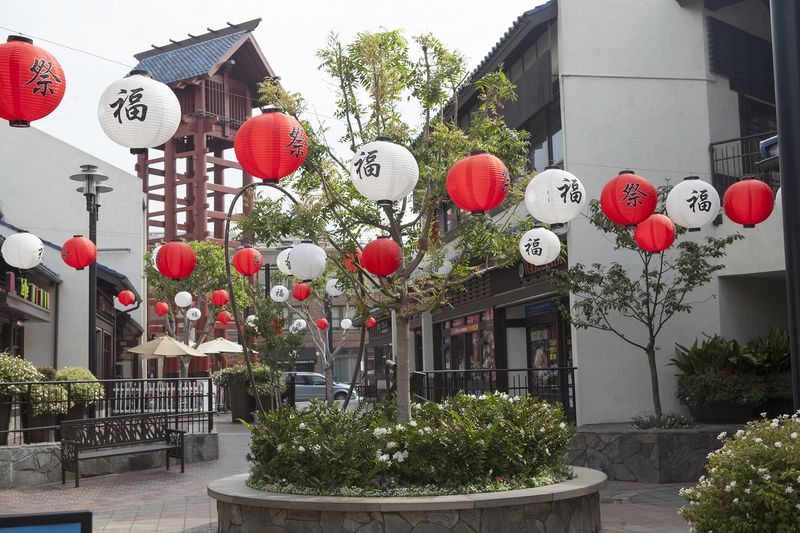
Heart of Little Tokyo’s shopping scene, this open-air marketplace buzzes with energy from morning till night. The iconic red tower and paper lanterns create perfect photo opportunities while dozens of shops offer everything from trendy fashion to traditional crafts.
Where else can you find handcrafted ceramics, anime collectibles, and Japanese skincare products all within steps of each other? Food stalls tempt with sweet and savory treats – the freshly made imagawayaki (red bean-filled pancakes) from Mitsuru Café remain my guilty pleasure.
During seasonal festivals, the plaza transforms with special performances, decorations, and limited-time offerings that showcase Japanese traditions.
5. Fugetsu-Do Sweet Shop
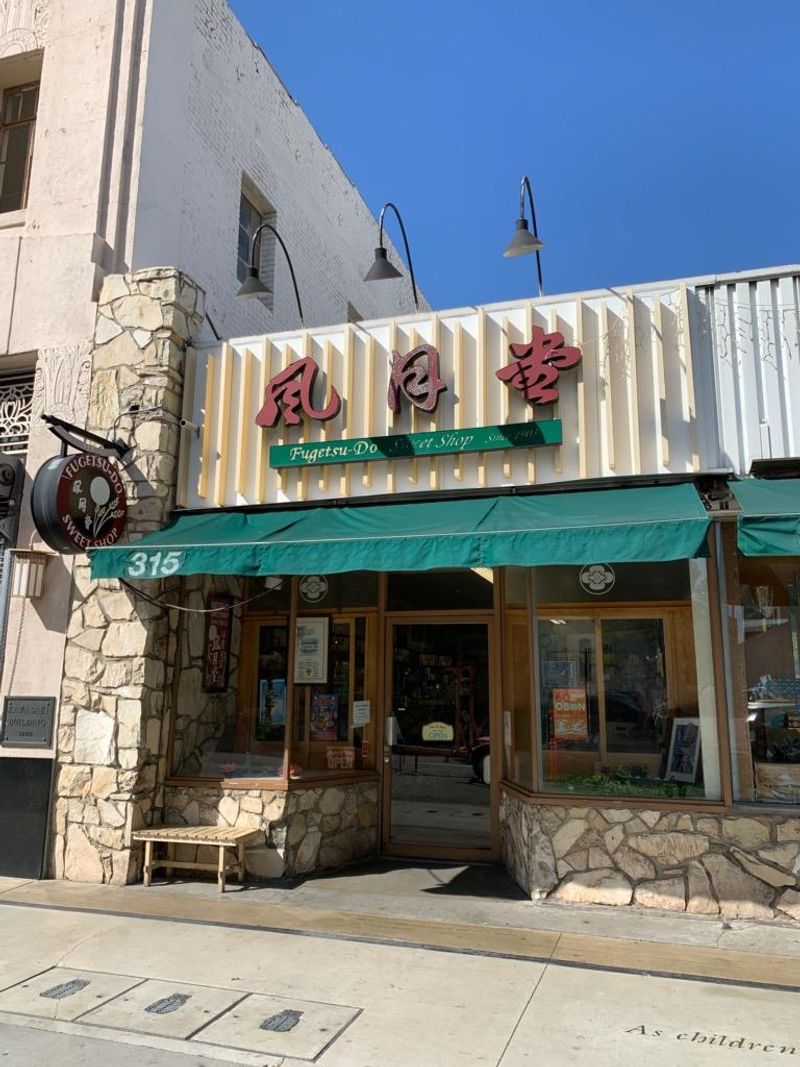
Step into living history at America’s oldest Japanese confectionery, operating continuously since 1903 (except during WWII internment). This family-run gem crafts traditional mochi and manju with techniques passed down through generations.
Seasonal specialties rotate throughout the year, but their signature strawberry mochi delivers a perfect balance of chewy rice cake exterior and sweet bean filling. The shop’s vintage interior features original wooden counters where countless customers have stood before you.
Beyond just sweets, Fugetsu-Do represents resilience – reopening after internment and continuing to thrive over a century later as a symbol of Japanese American perseverance and cultural preservation.
6. Marugame Monzo

Watching master chefs hand-pull udon noodles through the open kitchen window is dinner and a show rolled into one unforgettable experience. Their thick, chewy noodles have perfect texture that only comes from fresh, made-to-order preparation.
While traditional preparations shine, Marugame Monzo brilliantly blends Japanese and California influences in dishes like sea urchin cream udon. The restaurant’s intimate setting means tables fill quickly, but the wait allows you to observe the mesmerizing noodle-making process.
Every bowl arrives steaming hot with precisely prepared toppings – from crispy tempura to slow-cooked beef – making this spot an essential pilgrimage for noodle enthusiasts visiting Little Tokyo.
7. James Irvine Japanese Garden

Hidden behind the Japanese American Cultural and Community Center lies this tranquil oasis locals affectionately call “Garden of the Clear Stream.” Unlike busy tourist spots, this secret garden offers peaceful reflection among traditional Japanese landscaping elements.
Water features create gentle background music as you stroll stone pathways past carefully pruned trees and seasonal flowers. The garden’s design follows traditional principles where every rock and plant placement holds symbolic meaning.
Though relatively small, the garden’s clever design creates distinct viewing areas that change with the seasons – cherry blossoms in spring, vibrant maples in fall, and sculptural bare branches in winter make repeat visits rewarding.
8. Anime Jungle
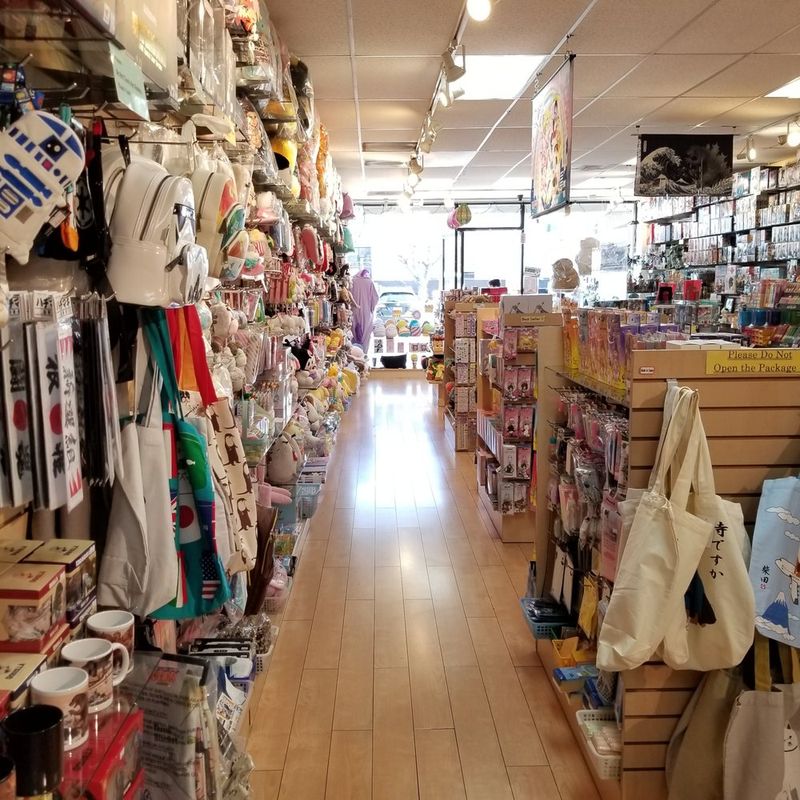
Pop culture paradise awaits collectors and casual fans alike at this two-story treasure trove of Japanese animation merchandise. Shelves overflow with figurines, plushies, manga, and hard-to-find imports that would cost a fortune to ship from Japan.
Even if you’re not an anime enthusiast, the store’s vibrant energy and artistic displays make browsing enjoyable. Staff members possess encyclopedic knowledge about series both mainstream and obscure, often recommending perfect gifts based on interests.
What makes Anime Jungle special is their selection of vintage items and limited editions that have disappeared from other retailers. Prices range from affordable gashapon toys to museum-quality collectibles, ensuring something for every budget.
9. Far Bar
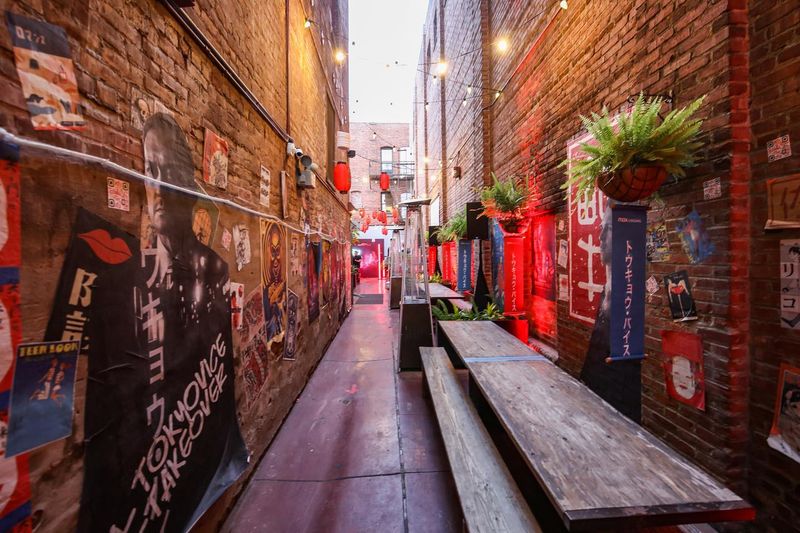
Tucked away down a narrow alley, this historic speakeasy-turned-craft-beer-haven offers the perfect evening retreat after exploring Little Tokyo. The building dates back to 1896, surviving earthquakes and urban renewal while retaining original brick walls and wooden beams.
Their impressive selection features Japanese craft beers rarely found elsewhere in LA, alongside creative cocktails infused with Asian ingredients like yuzu and shiso. The food menu blends pub classics with Japanese twists – don’t miss the spicy tuna crispy rice or shoyu-glazed wings.
When weather permits, the back patio transforms into one of downtown’s most pleasant outdoor drinking spots, where locals and visitors mingle under string lights.
10. Koyasan Buddhist Temple
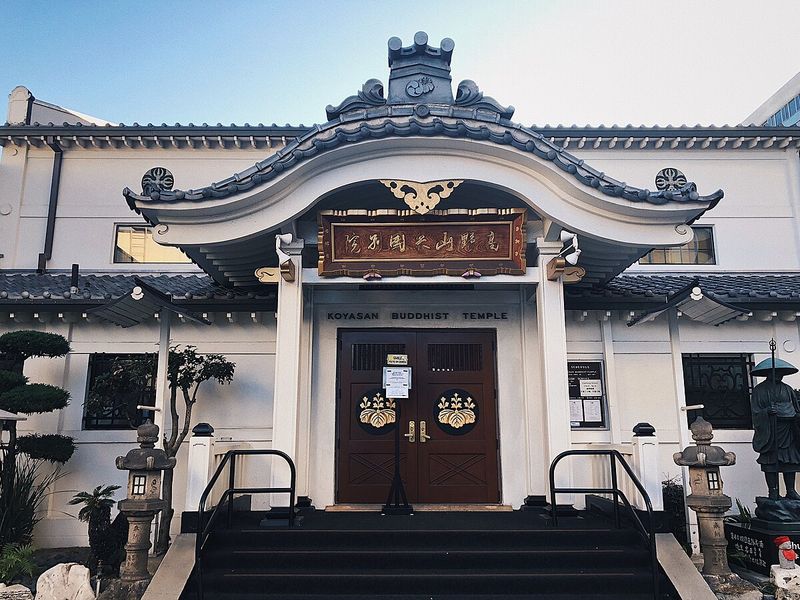
Spiritual serenity awaits at this historic temple established in 1912, offering visitors a glimpse into authentic Buddhist practices rarely experienced outside Japan. The ornate altar, adorned with intricate carvings and gold details, creates a focal point for meditation and reflection.
Unlike tourist-oriented temples, Koyasan welcomes visitors to participate in genuine ceremonies, including meditation sessions open to beginners. The scent of incense and rhythmic chanting create an immersive experience that transcends ordinary sightseeing.
Though attending services requires respectful behavior, photographers will appreciate the temple’s architectural details, from traditional roof elements to ceremonial objects displayed throughout the sacred space.
